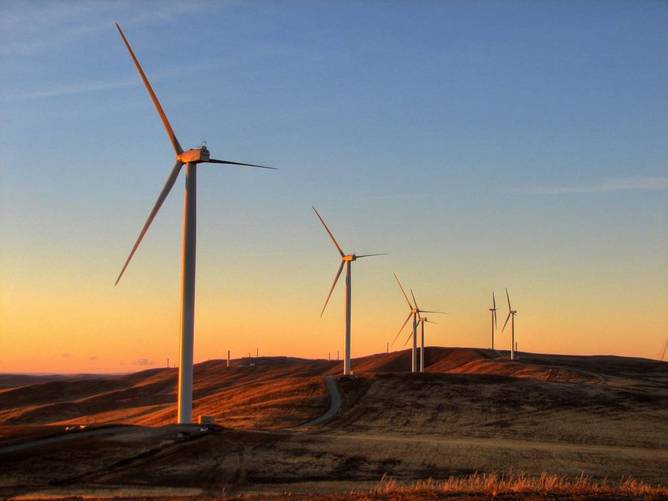Renewable energy ready to supply all of Australia’s electricity
Posted by Big Gav in australia, renewable energy
NE has an article on a 100% renewable energy scenario for Australia by Mark Diessendorf - Renewable energy ready to supply all of Australia’s electricity.
Ben Elliston, Iain MacGill and I at UNSW have performed thousands of computer simulations of the hour-by-hour operation of the NEM with different mixes of 100% commercially available renewable energy technologies scaled up to meet demand reliably.We use actual hourly electricity demand and actual hourly solar and wind power data for 2010 and balance supply and demand for almost every hour, while maintaining the required reliability of supply. The relevant papers, published in peer-reviewed international journals, can be downloaded from my UNSW website.
Using conservative projections to 2030 for the costs of renewable energy by the federal government’s Bureau of Resources and Energy Economics (BREE), we found an optimal mix of renewable electricity sources. The mix looks like this:
- Wind 46%;
- Concentrated solar thermal (electricity generated by the heat of the sun) with thermal storage 22%;
- Photovoltaic solar 20% (electricity generated directly from sunlight);
- Biofuelled gas turbines 6%; and
- Existing hydro 6%.
So two-thirds of annual energy can be supplied by wind and solar photovoltaic — energy sources that vary depending on the weather — while maintaining reliability of the generating system at the required level. How is this possible?
It turns out that wind and solar photovoltaic are only unable to meet electricity demand a few times a year. These periods occur during peak demand on winter evenings following overcast days that also happen to have low wind speeds across the region.
Since the gaps are few in number and none exceeds two hours in duration, there only needs to be a small amount of generation from the so-called flexible renewables (those that don’t depend on the vagaries of weather): hydro and biofuelled gas turbines. Concentrated solar thermal is also flexible while it has energy in its thermal storage.
The gas turbines have low capital cost and, when operated infrequently and briefly, low fuel costs, so they play the role of reliability insurance with a low premium.
Our research, together with similar extensive hourly computer simulations by others spanning up to a decade from Europe and the USA (reviewed in Chapter 3 of “Sustainable Energy Solutions for Climate Change”), refute Professor Larkins’ statement that “We need baseload electric power [from non-renewable sources] to guarantee security of supply”.
Many regions of the world could operate a 100% renewable electricity system reliably without any baseload power stations. Indeed, in electricity supply systems with a lot of renewable energy, inflexible coal and nuclear baseload power stations get in the way. What we really need to balance the variability of wind and photovoltaic solar are the flexible renewable energy power stations: hydro, solar thermal and biofuelled gas turbines.
This mix needs only a little storage from hydro and solar thermal to maintain reliable supply. With enough fuel, biofuelled gas turbines could also be considered storage. Such a mix has no need for expensive batteries or hydrogen fuel cells.






